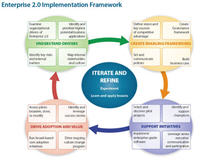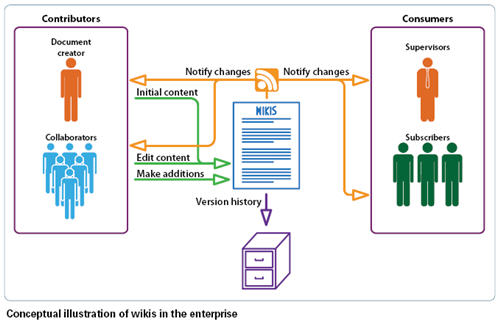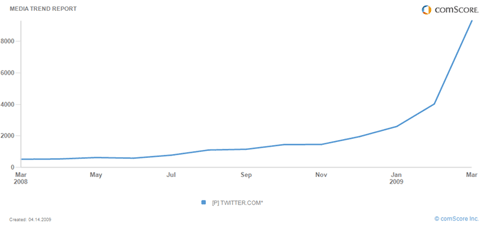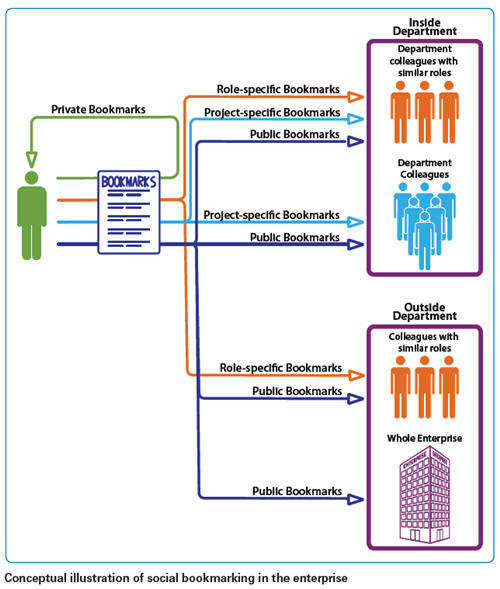10 DOs and DONTs of organizational change
For a recent boardroom presentation to a group of CEOs of large organizations I prepared ten ‘dos and donts’ on my topic of organizational change.

Enterprise 2.0 Implementation Framework
I drew on the core ideas in our Implementing Enterprise 2.0 report and framework (as above). Enterprise 2.0 is ultimately far more about organizational change than technology, though it happens to be driven by web technologies. As such much of my focus today is on how to change organizations, to literally create the next version of the enterprise. Far more details on how to put the ideas below into practice are in the Implementing Enterprise 2.0 report.
My list got an extremely positive response from the audience, so I thought I’d share it here.
DOS
1. Create a vision
The most important aspect of your vision is that it must be compelling. Unless people are drawn to it and want to help create it, it is useless. This means it needs to be focused on the benefits to everyone in the organization.



